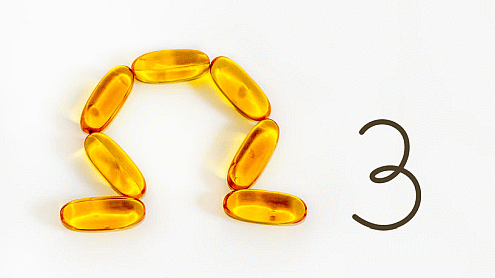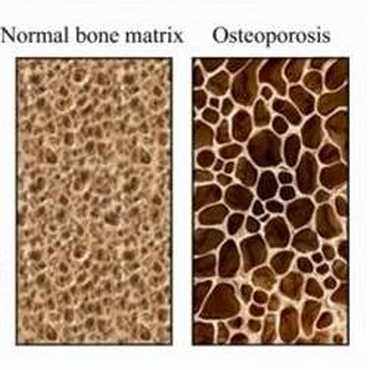How You Can Make Omega-3 Fatty Acids To Function More Effectively!

Omega-3 fats make for better bodies in many ways. They help protect heart, brain, joint, skin, immune, and vision health. However, omega-3s are highly fragile and need protection in their own right. Once oxidized, they’re more harmful than helpful. Several nutrients protect omega-3s to help them work better.
Oxidation and inflammation
The aging process is largely about oxidation, which makes substances stick to blood vessels in atherosclerosis, promotes macular degeneration in the eye, weathers skin, and leads to dementia and depression. Oxidation also fuels inflammation, which essentially makes the body attack itself. Intact (non-oxidized) omega-3s are anti-inflammatory, and help reduce blood triglycerides, enable blood fat to flow more freely, improve LDL-cholesterol quality, stabilize plaque to prevent heart attack and stroke, help relax arteries, and reduce blood pressure. The eyes, skin, brain and most other body organs and tissues rely on intact omega-3s to function properly.
A number of antioxidants can protect omega-3 fats and LDL-cholesterol from oxidation, including carotenoids, vitamin E, curcumin, capsaicin, quercetin, olive leaf extract, green tea, chitin-glucan fiber, and polyphenolic compounds from fruits and vegetables. omega-3 can naturally be protected by the carotenoid astaxanthin.
Lutein and Zeaxanthin (LZ)
These carotenoids are particularly protective of omega-3s in the eyes, blood, brain, and skin. In experiments when mice were being fed high-fat diets, LZ lowered fat oxidation and arterial lesions dramatically. In humans, artery stiffness was 80 percent greater in people at the lowest versus highest blood LZ levels.
The brain is composed largely of omega-3s. LZ comprises roughly 75 percent of all brain carotenoids, and is concentrated in regions involved in memory and learning. Higher LZ in the brain means better cognitive function, and cognitive impairment is linked to low blood zeaxanthin in the elderly. In a recent clinical trial, learning and memory were improved by omega-3 or LZ, but especially in combination.
LZ are also the only carotenoids found in the retina and lens of the eye. They form the macular pigment, which acts like a pair of internal sunglasses to protect omega-3s in the retina from oxidation to help prevent macular degeneration.
Skin is also subject to sun damage. Solar radiation and environmental pollutants oxidize fats, proteins and DNA, which leads to photoaging and cancer. Antioxidant treatment (i.e., ascorbic acid, tocopherol, alpha-lipoic acid, melatonin) is a promising approach to counteract photoaging skin. Carotenoids are also deposited in skin, where they protect against excessive sun exposure. Carotenoids like LZ, beta-carotene and lycopene work like internal sunscreen to help defend against sunburn. People with high vitamin D, lutein and total carotenoid intake show significantly reduced risk for melanoma. In one human clinical study, subjects receiving LZ showed enhanced elasticity, skin hydration, and sunburn protection. Carotenoids also show anti-cancer potential, in part because they support omega-3 anti-inflammatory activity. Total carotenoid intake is strongly associated with anti-aging, likely by protecting omega-3s.
Thus, the best way to promote omega-3 benefits is to increase antioxidant intake, particularly carotenoids. Vitamin B6 also increases omega-3 content in membranes which promotes health beginning from a cell level.
After doing your own research, we recommend you to have a look here.
Adrianna Gkika
Holistic Healing
References:
J Nutr Health Aging. 2004;8:156-62.
Arterioscler Thromb Vasc Biol 2004;24:313-9.
Arterioscler Thromb Vasc Biol 1997;17:786-96.
Cancer Epidemiol Biomarkers Prev 2004;13:1042-51.
Int J Cosmet Sci 2002;24:331-9.
Am J Clin Nutr 2011;141:207-13.
Cancer Metastasis Rev 2002;21:257-64.
Skin Pharmacol Physiol 2007;20:199-210.



